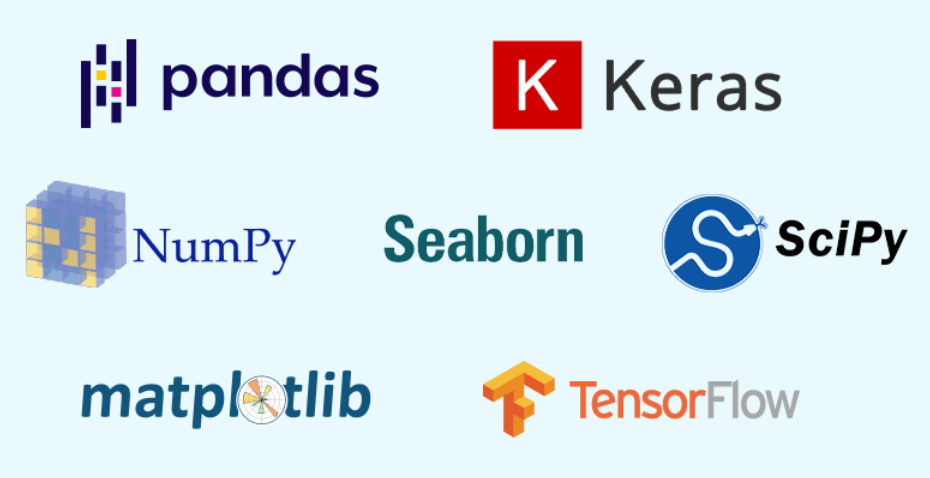
The thrilling world of data exploration continues to evolve in 2024, offering a vibrant landscape of tools to unlock insights hidden within your data. Here’s a glimpse into some of the top contenders, categorized by their strengths and potential use cases:
Visualization Powerhouses:
- Tableau: Renowned for its intuitive drag-and-drop interface and stunning visuals, Tableau empowers both technical and non-technical users to explore and communicate insights effectively.
- Power BI: Microsoft’s answer to data exploration boasts seamless integration with the Microsoft ecosystem and a wide range of pre-built connectors, making it ideal for business users within the Windows environment.
- Looker: This cloud-based platform shines in self-service analytics, allowing business users to explore data and discover hidden patterns without relying heavily on IT.
Open-Source Champions:
- Apache Superset: This SQL-driven tool allows you to build interactive dashboards and visualizations directly from SQL queries, making it popular among data analysts and engineers.
- Plotly: This Python-based library excels in creating dynamic and interactive visualizations, particularly for scientific data and complex relationships.
- Vega-Lite: A powerful grammar-based visualization library, Vega-Lite offers fine-grained control and flexibility for crafting custom visualizations tailored to your needs.
Cloud-Native Options:
- Google Data Studio: This free platform from Google integrates seamlessly with Google Cloud products and offers a user-friendly interface for creating interactive dashboards and reports.
- Amazon QuickSight: Part of the Amazon Web Services (AWS) suite, QuickSight provides a scalable and secure solution for data exploration and visualization within the AWS ecosystem.
- Microsoft Azure Synapse Analytics: This unified platform integrates data warehousing, lake, and analytics capabilities, offering built-in data exploration tools for a comprehensive data analysis experience.
Emerging Trends:
- AI-assisted exploration: Tools are incorporating AI to suggest relevant visualizations, identify key trends, and guide users through the exploration process.
- Embedded analytics: Data exploration capabilities are being embedded directly into applications for seamless access to insights within workflows.
- No-code and low-code options: More tools are emerging to cater to users with limited coding experience, making data exploration more accessible.
The best data exploration tool for you depends on your specific needs and priorities. Consider factors like:
- Technical skills: Choose a tool that matches your comfort level with coding and data manipulation.
- Data size and complexity: Some tools are better suited for large datasets or specific data types.
- Visualization needs: Consider the types of visualizations you need to create and the level of customization required.
- Integration needs: Choose a tool that integrates well with your existing data sources and BI tools.
- Budget: Consider free open-source options or paid licenses with advanced features.
This is just a starting point. Numerous other data exploration tools cater to specific needs and industries. By carefully evaluating your requirements and exploring these options, you can find the perfect tool to embark on your journey of data exploration and uncover valuable insights in 2024!
Say goodbye to the hassles of bike ownership! MotoShare.in offers affordable rentals, whether you need a scooter for errands, a bike for a road trip, or a reliable ride to explore new cities.

 Starting: 1st of Every Month
Starting: 1st of Every Month  +91 8409492687
+91 8409492687  Contact@DevOpsSchool.com
Contact@DevOpsSchool.com
